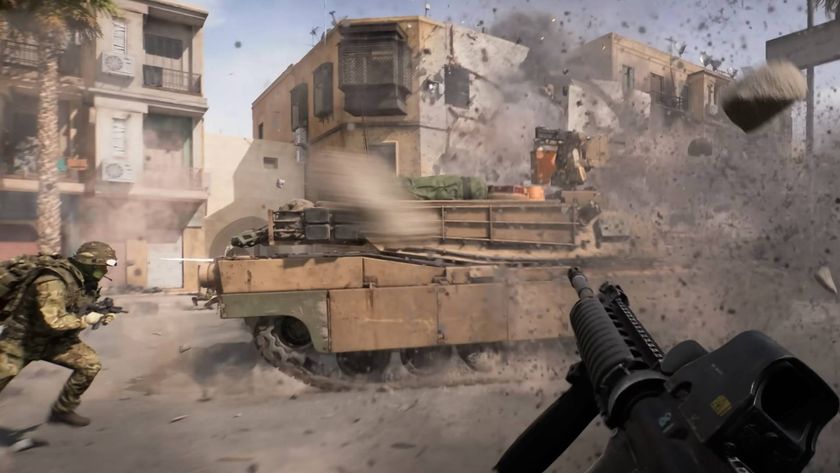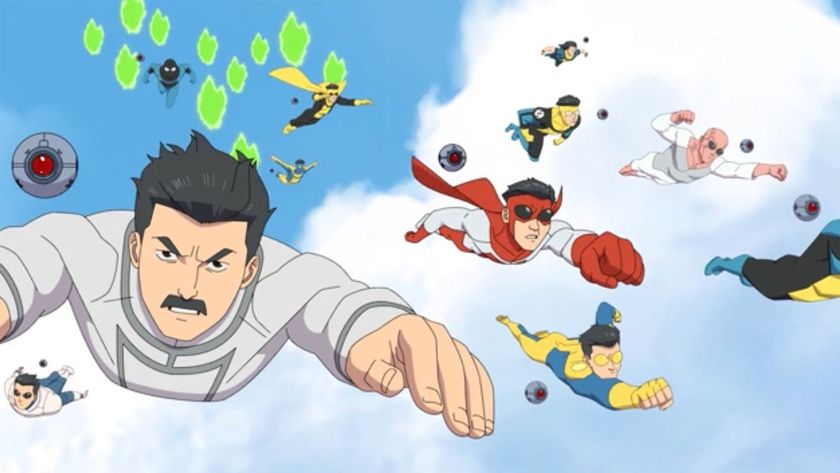Death by the Decade: The evolution of dying in games
From flickering to first-person suicide, we examine gaming’s insatiable death wish

Above: Thanks to science, you can now live firsthand the excitement of a good mauling
This is by no means a collection of all the worst gaming deaths – it’s a look back at how, over time, games managed to connect the real-world player with their in-game death, and actually make you come to dread dying at all.

Letting Pac-Man get tagged by one of the rainbow-colored ghosts sent him into a death spiral that has since become a part of mainstream pop culture. The next game on this list though, took things a step further and showed a vaguely humanoid avatar eating it.
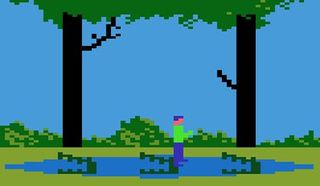
At the time it was easy to picture yourself as Pitfall Harry, leaping over alligator heads and avoiding deadly scorpions. You’d breathe a sigh of relief every time you landed on a gator’s head and didn’t slip right into its toothy maw. A connection between real life and game life was made, making Pitfall one of the first games that made some kind of basic connection between human player and human character.
Then there was Dragon’s Lair, starring a hero you couldn’t keep from dying without hours of trial and error:
The first two minutes are how the game plays if you know what’s going on. The last bit is more indicative of actual gameplay, where Dirk is dying every five seconds in some new and unusual way, be it spontaneous skeleton-ing or burned alive by the goofiest dragon in history. It was hard to feel for Dirk, as you barely controlled the game in the first place, but no mention of early videogame deaths is complete without a nod to the first game where dying was part of the appeal.
Moving into the mid ‘80s, character sprites became involved enough that you could finally make out what was happening to ‘em when they croaked.
Sign up to the 12DOVE Newsletter
Weekly digests, tales from the communities you love, and more

Above: We sure saw a lot of this
Super Mario Bros., along with any character-based NES, Genesis and Super NES game, brought along varying animations of death, from the cartoonish ending seen above (where Mario throws his limbs out in a “wha happen!?” gesture) to many, many robots exploding into pieces.

Above: Mega Man bursting into bits of light

Above: The super-awesome M 308 Gunner from Metal Storm erupting into flames
The most prominent death from this era is one that, like Pac-Man, has become something of an in-joke that just about everyone understands – the flickering-until-you-disappear death from countless beat ‘em ups.
Flickering deaths were used extensively in arcade and console games from the mid ‘80s well into the ‘90s, most notably in stuff like Final Fight, Sunset Riders, X-Men and The Simpsons. Functional, yes, as it gets you back into the game quickly without much fuss, but doesn’t do anything to make you care about the character in any way. Lives are as disposable as the quarters you’re pumping into the machine.
Moving further into the 1990s, we start to see the first truly graphic depictions of death, from spinal columns to exploding heads to decapitations aplenty. Let’s check ‘em out!
A fomer Executive Editor at GamesRadar, Brett also contributed content to many other Future gaming publications including Nintendo Power, PC Gamer and Official Xbox Magazine. Brett has worked at Capcom in several senior roles, is an experienced podcaster, and now works as a Senior Manager of Content Communications at PlayStation SIE.
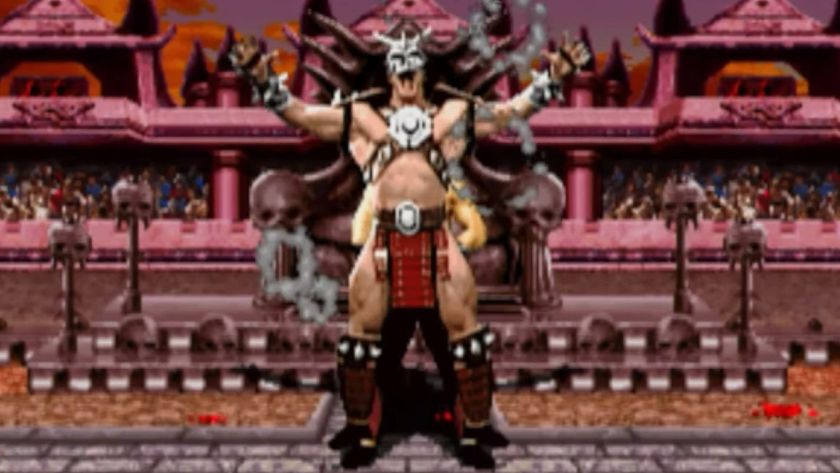
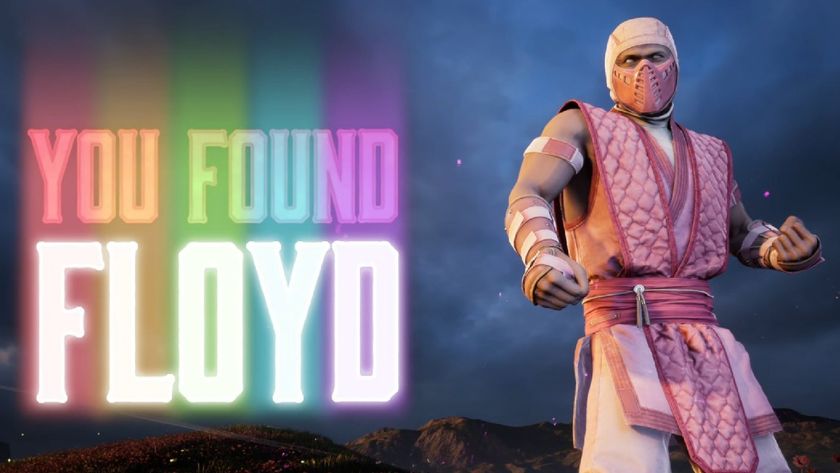


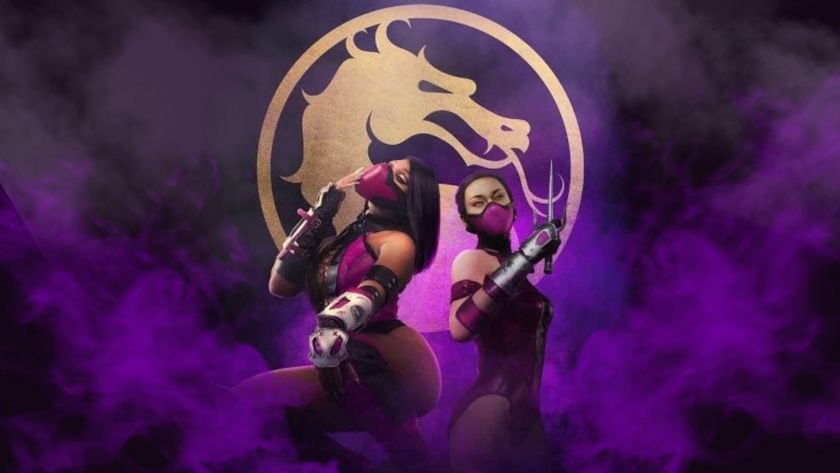

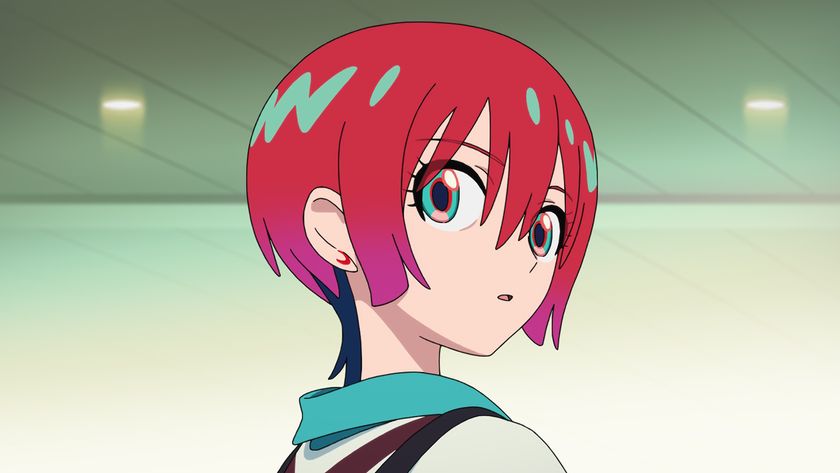
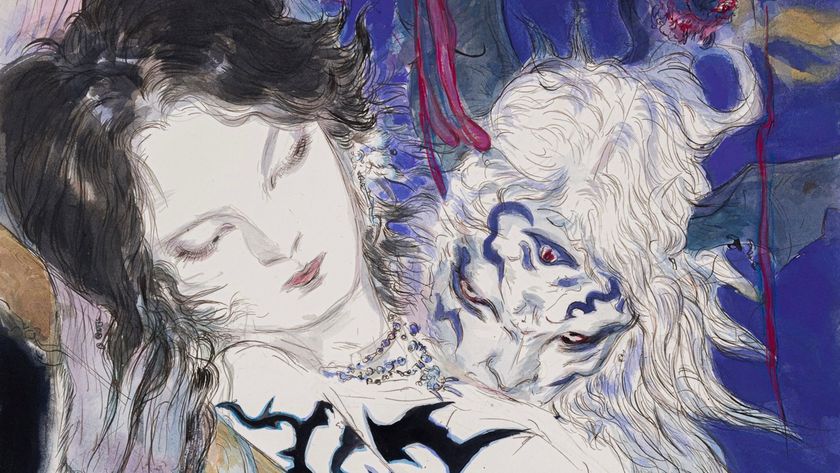
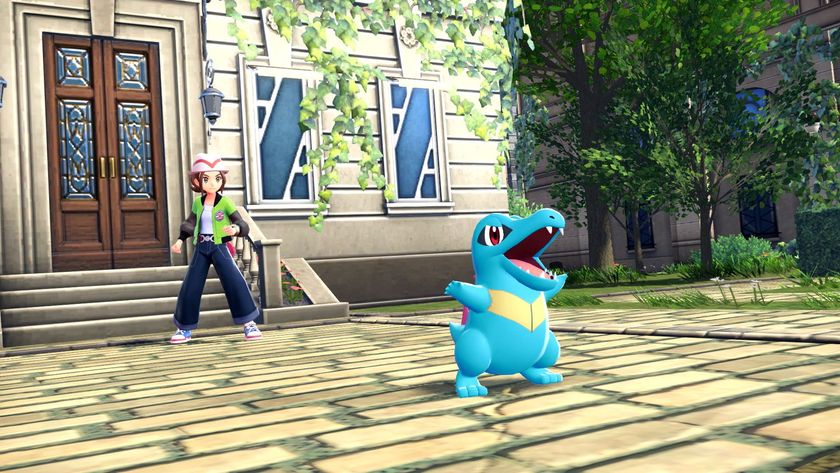
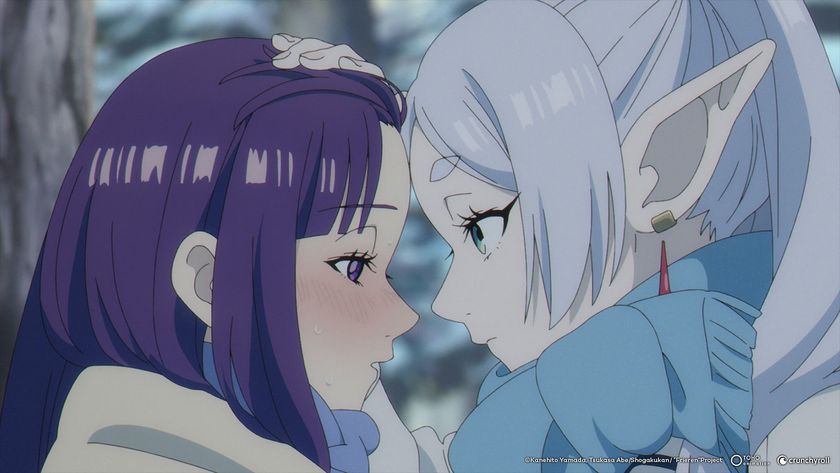
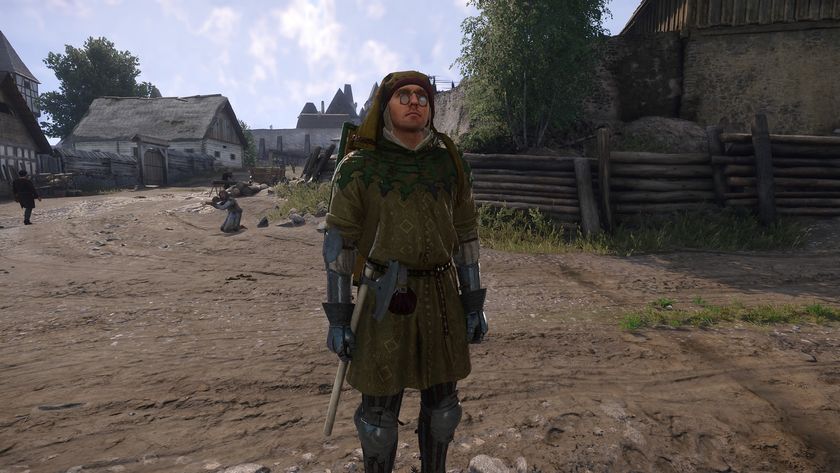


After 32 years, Mortal Kombat 2 has finally been ported to the one hyper-expensive '90s console that could actually do it justice

Mortal Kombat 1 makes good on a 30-year tradition of trolling fans by introducing a confusing, labyrinthine quest to fight pink Floyd, a new ninja



